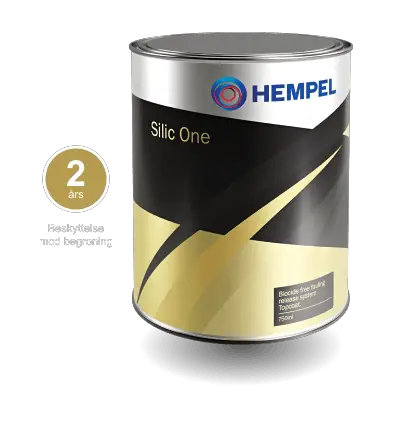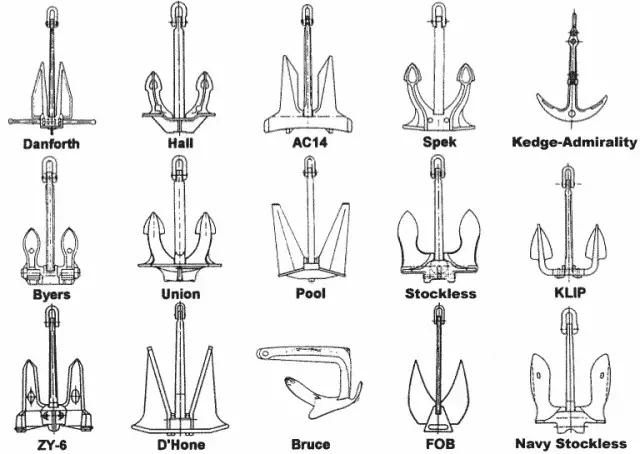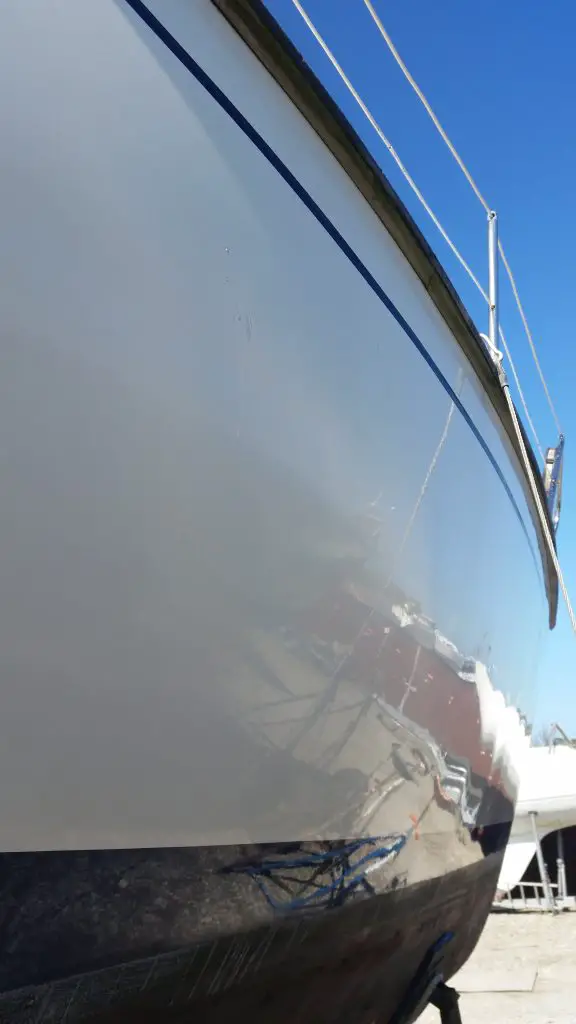Note this post is an expression of my research and attitudes. I am neither sponsored nor otherwise influenced, other than perhaps regular advertising. Judge for yourself!
Bo@ has from the previous owner’s time been treated with Hempel Basic and I have not found it attractive enough to start all over again and invest in an expensive new system. It is both the prospect of the hard work and the bad reviews of the expensive paint that have held me back. Until now.
Environmental concerns
Hempel’s Basic contains copper and is a soft paint, so it is both toxic and actually very bad. Without being a fanatic, I have been very environmentally conscious all my life, and it has always bothered me to know that what I treated the bottom with was harmful to the environment.
It was the search for non-toxic antifouling that got me on the trail of Silic One from Hempel, which contains substances that give the surface water-like properties. This is smart because then the organisms that otherwise attack our boats think that it is a liquid, and then they do not get stuck. There is only a layer of slime around the hull, and that has nothing to say when you are a leisure cruiser.
One of the pieces of information I got from someone on Facebook is that the silicone surface should provide some water resistance and therefore take a little bit of speed.
The durability of the antifouling
I’m really happy to have the boat lying in the water every other winter, as I prefer to sail when the weather is right for it, but also think it’s best for the boat. As long as we do not have ice winters, but it seems that climate change has ruled out that possibility.
But having the boat in the water for two years at a time has been really stupid with the current bottom paint. The boat should of course come ashore and be treated, but I have not been able to do that. Last year it did not make sense because there was virtually no vegetation and the bit of mucus and rye could be taken with a brush during swims. When it came ashore in the fall, however, it had ended up in a mussel farm. That is the reason for the new considerations about changing to Silic One.
My research on the internet shows that there are some who expect life expectancy on Silic One of up to 10 years. Hempel promises 2 years if you do not take the boat ashore for a longer period.
Sand the bottom and remove all old primer
As I wrote at the beginning, I think it’s a big hassle to have to grind all the way to the bottom and prime the boat all over again. Besides it is hard work, it is also expensive. But here too, Silic One meets me and promises that you do not have to remove everything old, so at least the greater physical effort can be avoided. However, the change itself will cost a lot more than usual. It takes several layers of three products. However, it is still much cheaper than other long-lasting primers.

Video of change from other primer to Silic One
Silic One Test
So far, I have only come across great reviews of the product, however, I just need to have calculated the price properly before I throw myself into the experiment. According to the plan, Bo@ will be sold within the next few years, in favor of a larger boat, we can live on. Therefore, it must also be considered whether it makes sense at all with such a new product that may scare a new owner.
How Silic One Works
Compared to all other primers, Hempel does something completely new with Silic One, and thus introduces a completely different way of thinking than we are used to. As I said, it is about giving the surface water-like properties so that organisms do not get stuck, but watch this video for Hempel’s own explanation.






